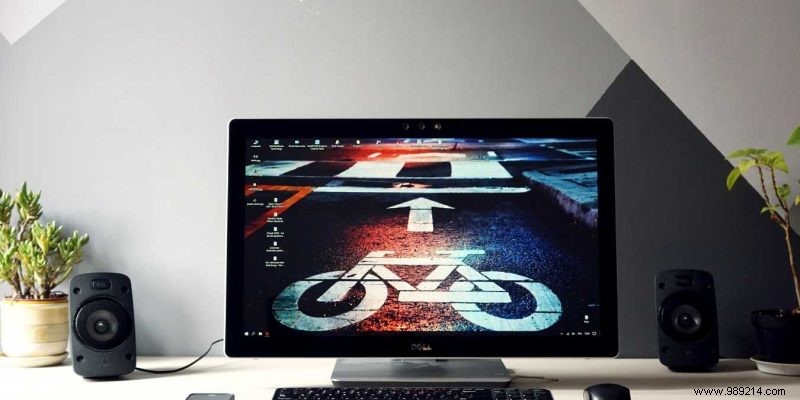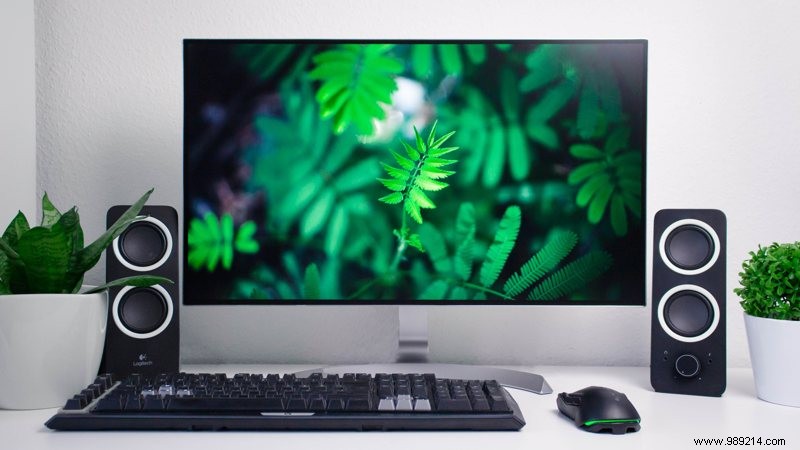Buying a monitor is never easy, so many aspects need to be considered. This is especially true if you're buying a monitor for a gaming PC. You don't just need a nice screen, you need a monitor that can keep up with the action.
ContentsResolution, screen size and connector typePanel type and response timeRefresh rate and adaptive synchronizationConclusionShopping for a gaming monitor can be daunting. There are several aspects that you need to follow, and there are terms that you may not understand. Fortunately, it's not too difficult to find your way around.
The first thing to choose is the size of the monitor. Ideally, you want something as big as possible that will still fit on your desk. Too big a monitor and you risk straining your neck and eyes.
Once you've chosen a screen size, you'll want to choose your resolution. If you have a small monitor, you may not need 4K resolution. A 1080p monitor will look good in smaller sizes, cost less, and be less demanding on your video card.
Speaking of video cards, you'll want to keep your video card in mind. If your card is only powerful enough to run games at 1080p, you may be wasting money on a 4K monitor. That said, if you've just purchased a powerful new video card, you'll need a 4K monitor to get the most out of it.

If you're just buying a monitor for everyday use, IPS is almost always the best option. For games this is not the case. While IPS generally looks better, TN panels often have faster response times, which is very important in a gaming monitor.
IPS panels can typically only operate with response times as low as 4ms. A TN panel, on the other hand, can do as little as 1ms. Ultra-low response times may cause some motion blur, but overall motion will be smoother. Of course, this will also depend on your refresh rate.
The typical refresh rate for a monitor is 60Hz. This means you won't necessarily see the benefits of higher frame rates. Modern gaming monitors support higher refresh rates like 120Hz and 144Hz, and even up to 240Hz.
Right now, 144Hz is probably your best bet. 240Hz monitors can be prohibitively expensive and your video card may not drive them properly.

Then there's adaptive sync. There are two major adaptive sync technologies in PC gaming right now:Nvidia's G-Sync and AMD's FreeSync. With either, your video card tells your monitor when to refresh. This reduces stutter and lag and completely eliminates tearing.
G-Sync is the most expensive option and will usually add between $100 and $200 to the price of a monitor. It also requires a proprietary cable. FreeSync is less expensive and works with HDMI or DisplayPort, but the quality of FreeSync monitors can vary widely.
If you are building a new PC and buying a monitor for it, you should consider the video card and monitor together. You'll want to make sure your video card can handle the resolution you're aiming for, among other things.
That said, the video card isn't the only consideration when buying parts. If you're still building your parts list, make sure you don't make one of the common mistakes first-time PC builders make when buying parts.